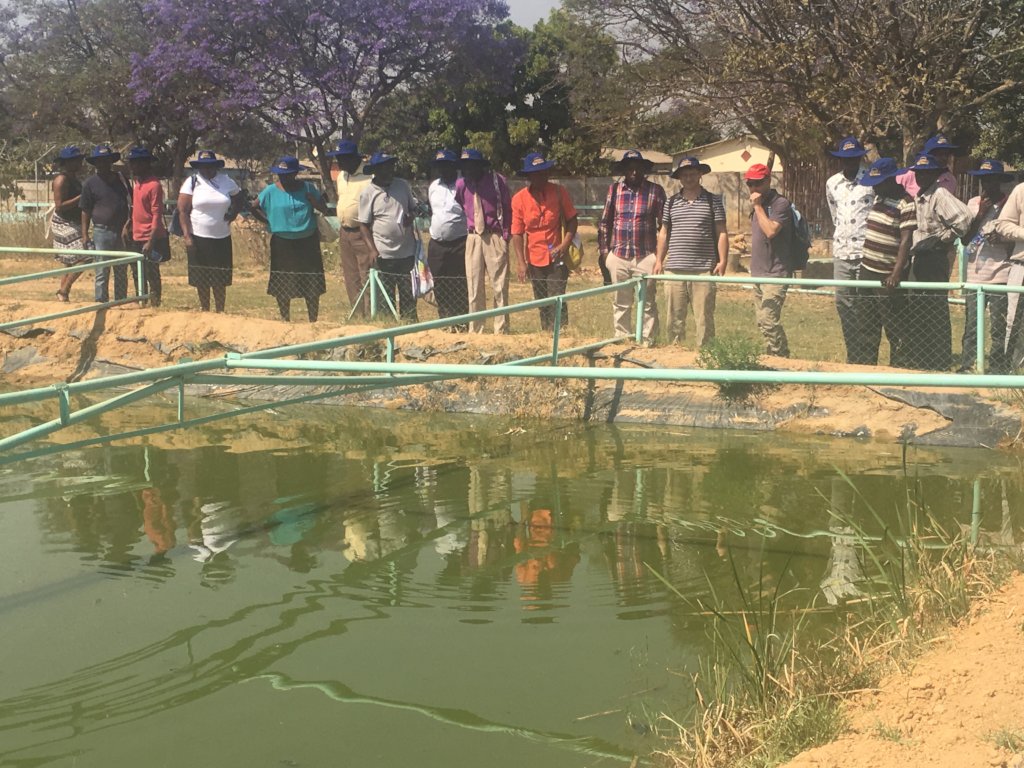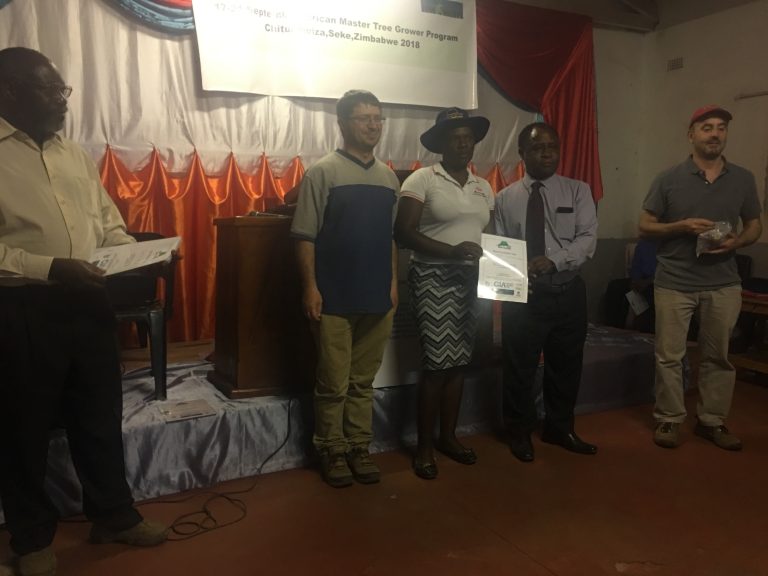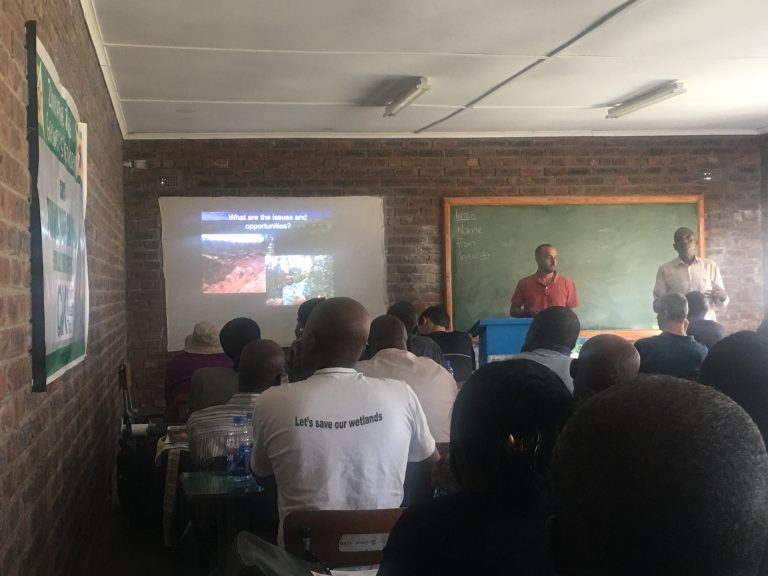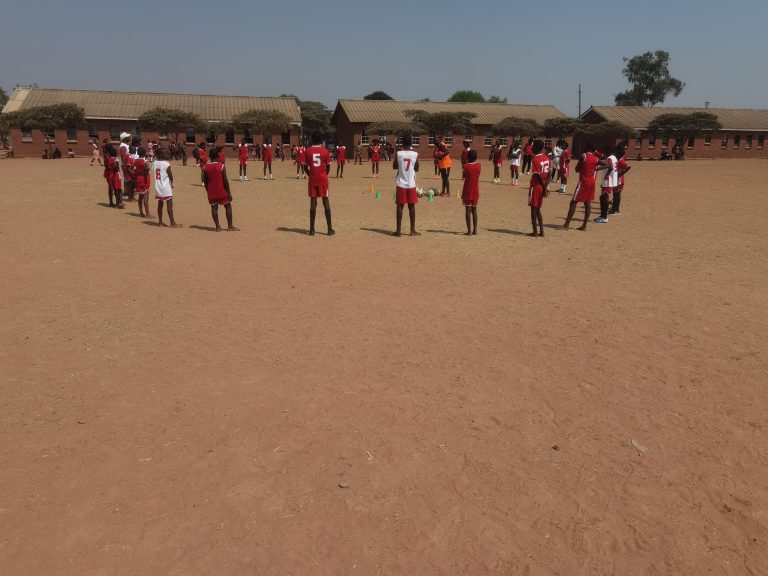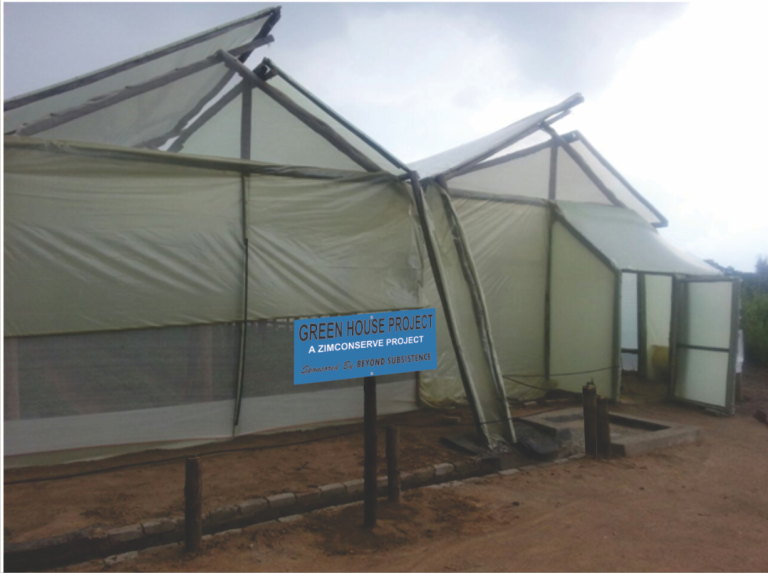Fish Pond Project Report
I am pleased to report on the establishment of a fish pond project at Seke 3 High School.
We excavated a 20m x 10m x 1,5m pond and lined it with a proper polythene dam liner of similar dimensions. From our source of water, the pond was filled to capacity, before releasing the seed pack (fish) into it (the tilapia variety was used as it suits well with the Sub-Saharan climatic conditions).
The top was then secured with some netting to keep predators, such as thieves (humans) kingfisher birds and toads at bay. Besides, requiring less labour and material costs, the feeding takes only two standard tea cups of pellets per day, enough to sustain a shoal of 10,000 fish. A 50kg bag, thus can sustain the project up till harvest time over a six-month period. At USD$2,50 per kg, a haul of 10,000 is certain enough to send the practitioner smiling all the way to the bank, going by those numerical figures.
The headmaster for Seke 3 High School, Mr Makuliashi was full of praise for the project and said “The project generates high interest and excitement. It has great potential to produce high-quality protein in relatively small areas. Fish farming is one way that resource-poor schools throughout Zimbabwe can improve nutrition and generate income” I cannot resist using the overused Chinese proverb because it is so relevant and profound in this situation: “If you give people fish, they will have food for a day. If you teach them how to fish, they will have food for their lifetime”.
Our fish pond designs address issues such as food security (and abundance), resistance to intensifying weather events, resiliency toward unpredictable climactic conditions over time, growing food in drought conditions with minimal water usage, regenerating living soil and sequestering large amounts of carbon from the atmosphere into the soil.
Zimconserve is now renowned for its Aquaculture (FISH FARMING) training programs. The course module on offer is Aquaculture (FISH FARMING) and involves:
1. Siting of the fish pond.
2. Pond Excavation.
3. Installation on the dam liner.
4. Filling the pond with water.
5. Stocking the pond with fish.
6. Feeding of the fish.
7. Harvesting.
The ponds come in dimensions of 10m x 10m x 1,5m and 20m x 10m x 1,5m respectively.
Zimconserve is assisting interested parties to set up their own projects anywhere within Zimbabwe. Notably, fish farming has recently proven to be a sustainable and lucrative way to good health and a source of income for many households.

